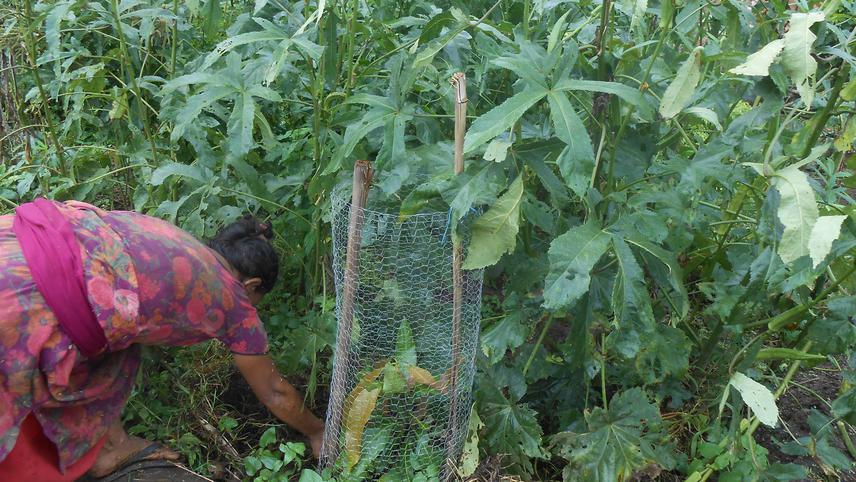Anju Adhikari
The main aim of this project is to promote agroforestry in order to reduce the negative impacts of shifting cultivation together with enhancing the livelihood of local people and conserving biodiversity.

Agroforestry.
Shifting cultivation (SC) has been defined as agricultural system in which certain patches of forests are cleared by slashing and/or burning followed by short span of cultivation and long span of fallow period. In Nepal, it is practiced in steep hills of 20 districts among 75 mostly by resource poor rural indigenous communities like Chepang, Magar, Rai etc. since time immemorial and is closely related with their socio-cultural identity. Although it forms the major basis of their livelihoods, SC has been deemed destructive practice leading to accelerated environmental degradation and promoting deforestation and forest degradation contributing to climate change; biodiversity and habitat loss, watershed degradation and consequent downstream effects (FAO, 2006). The problem of deforestation due to SC has been commonly observed massively in Bharta – one of the most remote village development committee (VDC) of Makwanpur district. It is due to geometric population growth to meet basic requirements and also lack of awareness on impacts of SC to biodiversity due to its very distant location. In this limelight, this project, through agroforestry campaign will serve as the best alternatives for providing options for rural livelihoods and biodiversity conservation (Gordon and Bently, 1990; Kidd and Pimentel, 1992).